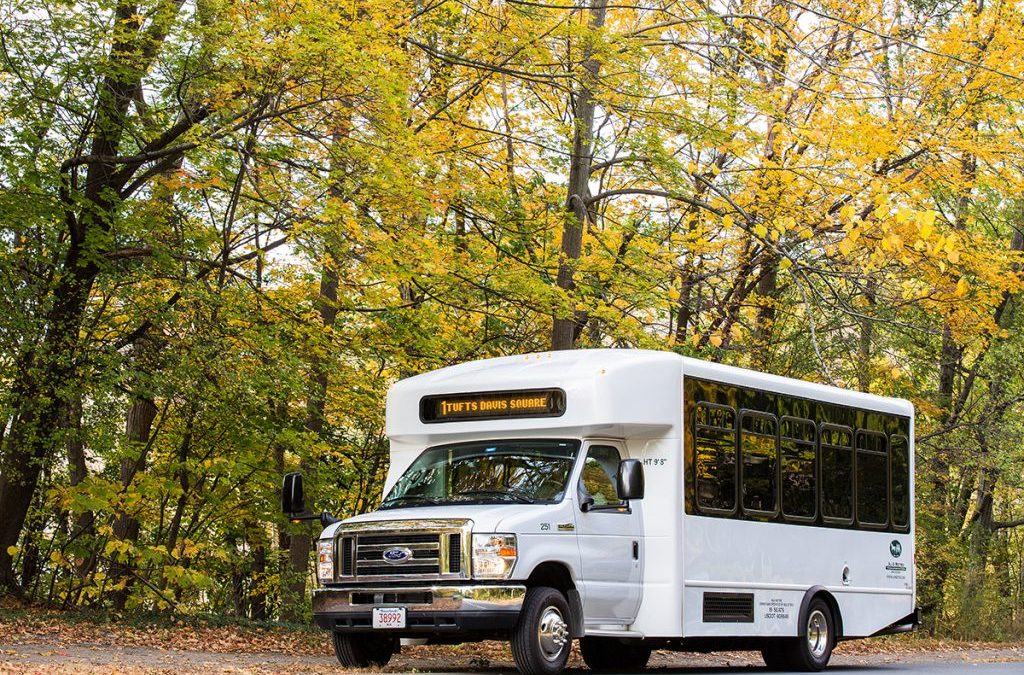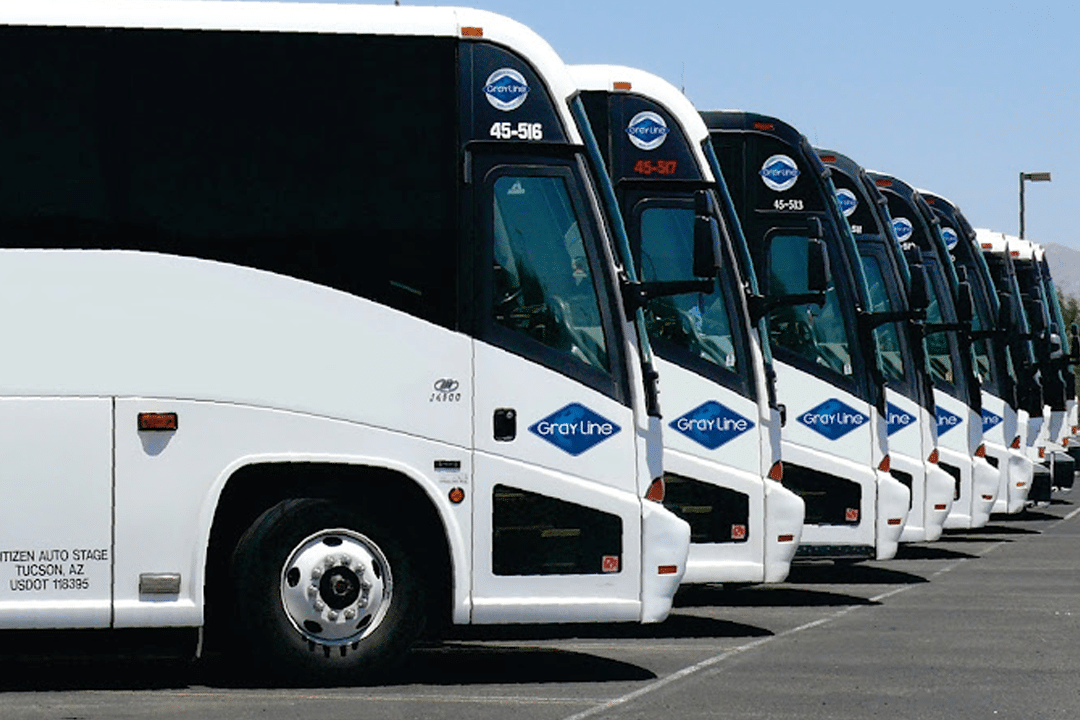Here are 10 excellent tips for planning the route and coverage of the employee shuttle service:
1. Understanding the Needs of Employees
Create focus groups or survey in order to gain a better understanding of the locations of employees as well as their preferred shuttle schedules and any other specific needs (such such as accessibility). This is crucial in determining routes that maximize participation and satisfaction.
2. Analyse traffic patterns
Study patterns of traffic and peak hour times in the area surrounding your organization. Utilize tools like Google Maps traffic data to identify congested routes and avoid them during shuttle times. This can reduce the amount of delays, and to ensure a smoother journey.
3. Utilize Technology
Install a route planning program that optimizes routes based on real-time traffic data and employee schedules. Shuttle apps can be used to dynamically adjust routes and ensure that your service is always the most efficient.
4. Establish Strategic Pickup Points
Identify central locations for pickup locations that are accessible to the majority of employees. Consider locations near public transport centers, residential areas and major intersections to increase coverage without stretching the route unnecessarily.
5. Create a flexible schedule
Develop a schedule for shuttles to accommodate varying work hours. Offering shuttles at peak times of departure and arrival and even during off-peak hours, can be adapted to shifts of different times, and improve the number of employees who participate.
6. Implement a feedback loop
Encourage employees to provide feedback on shuttle services. The feedback could be used to alter routes, schedules, or pickup locations. Continuously reviewing employee satisfaction can help maintain the quality of service they expect. demands.
7. Review and analyze the data usage
Track the usage of shuttles to find the most used routes as well as those that require adjustments. Analyzing this information will help you make informed choices about where to put your resources, and how you can improve your service offerings.
8. Promoting carpooling and ridesharing
Encourage employees to participate in carpooling schemes in addition with the shuttle service. This will decrease the need for shuttles, and provide you with more flexibility. Apps that facilitate ridesharing can aid in this effort and cut down on overall transportation costs.
9. Consider Environmental Impact
Use shuttles that emit low carbon emission to assist you in planning your routes. Promote electric or hybrid vehicle usage for your shuttle services. It's not just a way to attain sustainability, but it also has a positive impact on employees who value green practices.
10. Make sure you are safe and in compliance
Be sure that all shuttle operations adhere to safety regulations and legal standards. This includes regular maintenance checks of your vehicle and drivers who are trained and certified and adequate insurance. Transport planning should consider safety on the top of the priorities.
These methods can help you develop an employee shuttle system that is effective and efficient that is able to meet the needs of your employees and maximizes resource usage. View the top employee transportation for website recommendations including airport transportation near me, airport car service near me, shuttle to lax, top transportation, los angeles airport shuttle, dallas airport shuttle to hotels, direct transportation, car service to and from airport, airport car service near me, dallas airport shuttle to hotels and more.

Tips For Planning Routes And Efficiency Of A Corporate Transportation Service
Here are 10 ways to improve route planning and efficiency in an event transportation service for corporate events.
1. Analyze Attendee Locations
Start by gathering details about the participants' backgrounds. This can be done via registration forms, or RSVPs that contain addresses or general locations. It is important to know the location of the attendees to help you create efficient routes and cut down on travel time.
2. Use software for optimizing routes
Invest in route optimizing software that can study traffic patterns and determine the most efficient routes. These tools can help identify the quickest paths and avoid areas that are congested, and recommend alternative routes when needed. Planning routes using technology can improve overall efficiency.
3. Make a plan for Peak Traffic Times
Plan your transportation according to the peak traffic hours. Review historical traffic information to determine areas of congestion near the venue. Modify shuttle schedules to prevent delays and ensure that attendees arrive at the event on time.
4. Establish Multiple Pickup Points
To increase convenience and cut down on travel time, set up multiple pickup points based on attendee locations. These could be transportation hubs, hotels and popular gathering spots. By offering a variety of pickup points, it is possible to streamline the transportation process.
5. How to create a Comprehensive Schedule for Transport Schedule
Create a thorough schedule of transportation that lists the estimated time of travel for each route and departure and arrival times. Distribute the schedule prior to the event to all participants so that they are aware of the time when their shuttles are scheduled to arrive. It is important to have the schedule well-organized to ensure that transportation services run without a hitch and minimizes confusion.
6. Incorporate Buffer Times
Incorporate buffer time times into your schedule for transportation in the event unexpected delays. This can be caused by traffic jams or bad weather, among other factors. By allowing extra time between pickups and drops offs it reduces the chance of people missing crucial parts of the event because of transportation problems.
7. Check real-time updates on traffic
Utilize tools for real-time traffic on the day prior to the event to allow for dynamic adjustments. Shuttles can be rerouted if traffic on a particular route increases. This helps to increase efficiency and ensure that guests will arrive at their destination in a timely manner.
8. Name an individual who is a Transportation coordinator.
Designate a designated transportation coordinator who will be responsible for overseeing the shuttle service during the event. The person in charge is able to oversee the logistics, interact directly with the drivers and handle any issues that might arise. A designated individual can ensure the smooth and efficient operation of the transportation system.
9. Communication with attendees
Inform guests about the schedule of shuttles and pickup locations, and any possible changes. Using mobile apps, text updates, or printed material will improve communication and ensure that participants are aware of any changes in the transportation schedule.
10. After the Event, Collect Feedback
Following the event, solicit feedback from attendees about their experience with transportation. Inquire about the efficiency and timeliness in the shuttles as well being satisfied overall. Reviewing the feedback will reveal areas that could be improved for future events.
These suggestions will assist organizations plan routes efficiently and improve the effectiveness of their corporate event transport. The correct route planning will not only guarantee that guests arrive on time, but also assists to ensure a positive event experience which reflects positively on the business that is hosting the event. Efficient transportation can significantly impact the overall performance of corporate events, which makes an organized plan essential. Check out the top rated event transportation examples for website advice including mgt logistics, transportation services, group transport, logistics web, transportation specialists, vehicle transport service, logistics transportation services, logistics near me, transportation companies, transport and logistics and more.
